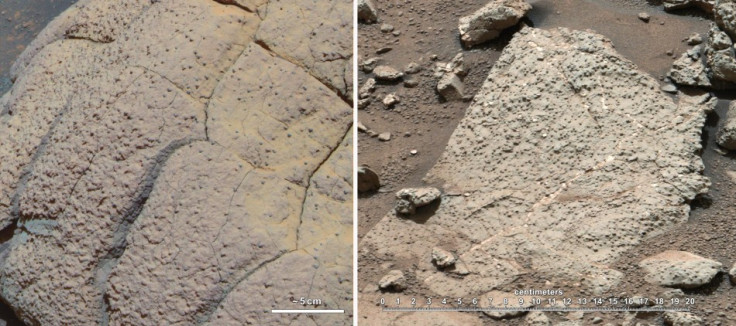Oxford Scientists Suggest Mars Had Oxygen-Rich Atmosphere Billion Years before Earth
According to researchers from Oxford, Mars may have had a breathable environment at least a billion years before Earth; an oxygen-rich atmosphere did not develop on our planet until at least 1.5 billion years later.

The Guardian reports NASA's Spirit Mars rover collected data from rocks on the foreign planet and this was compared to data from meteorites that crashed on Earth. There are significant differences between the two samples, which scientists say can only be explained by the presence of oxygen on Mars.
The study's lead scientist, Professor Bernard Wood, explained: "The implication is Mars had an oxygen-rich atmosphere at a time, about 4,000 million years ago, well before the rise of atmospheric oxygen on Earth around 2,500 million years ago."
"As oxidation is what gives Mars its distinctive colour, it is likely that the 'red planet' was wet, warm and rusty billions of years before Earth's atmosphere became oxygen-rich," the Oxford scientist added.
The research - Volcanism on Mars controlled by early oxidation of the upper mantle - has been published online in the International Weekly Journal of Science. In the text, the authors state that information on the chemical composition and evolution of Mars is normally traced from meteorites that crash onto our planet.
Such rocks, while largely similar to basalts and cumulates (kinds of rock) on Earth, have higher concentrations of iron, phosphorus and chlorine. They also have lower amounts of nickel and sulphur associates.
However, rocks recovered from the Gusev crater are both older (3.7 billion years to the average 1.4 billion years of most Martian meteorites) and "exhibit marked compositional differences".
The surfaces rocks, researchers say, are richer in nickel content and have lower iron and manganese levels. The study authors argue that "differences between the compositions of meteorites and surface rocks can be explained by differences in the oxygen fugacity during melting of the same sulphur-rich mantle".
After conducting tests and simulations, Wood and his colleagues, Jon Wade and James Tuff, also of Oxford, concluded the presence of oxygen explained the difference.
"What we have shown is that both meteorites and surface volcanic rocks are consistent with similar origins in the deep interior of Mars but that the surface rocks come from a more oxygen-rich environment, probably caused by recycling of oxygen-rich materials into the interior," he stated.
© Copyright IBTimes 2025. All rights reserved.





















